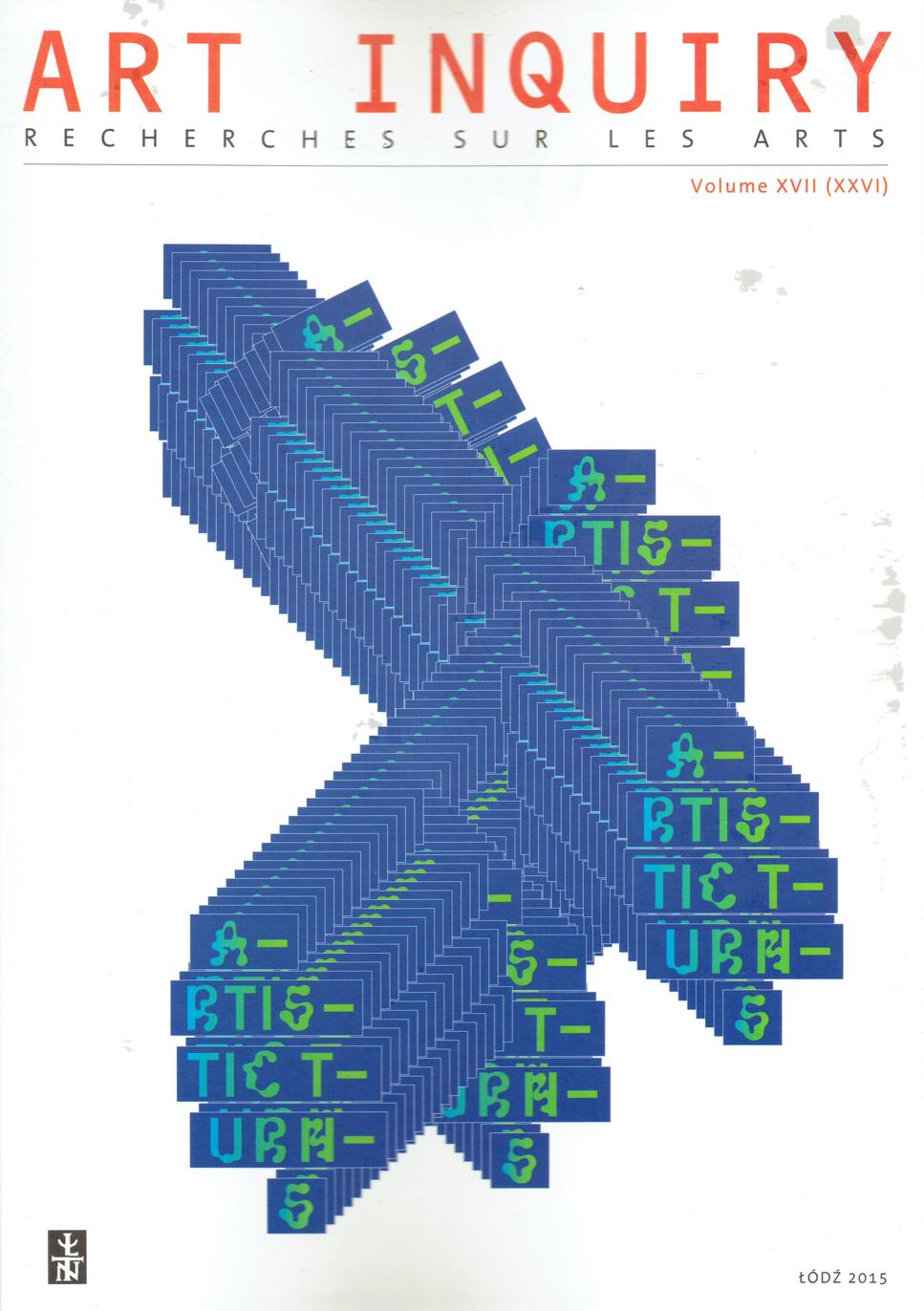Intolerable ugliness. A turn in European fashion as a result of confrontation with Japanese aesthetics
Intolerable ugliness. A turn in European fashion as a result of confrontation with Japanese aesthetics
Author(s): Magdalena SamborskaSubject(s): Fine Arts / Performing Arts, Cultural history, Visual Arts
Published by: Łódzkie Towarzystwo Naukowe
Keywords: Japanese fashion; Issey Miyake; Yohij Yamamoto; Rei Kawakubo; fashion deconstruction; wabi-sabi; japonism
Summary/Abstract: The article is devoted to the impact of Japanese aesthetics on European fashion. In the first part, I will present an outline of Japonism, a trend in 19th century fashion. It brought no significant changes then. The designers just used decorative ornaments originating in Japan or fabrics imported from Asia. At the turn of the century, influenced by reforms in clothing and inspired by the Japanese kimono, the feminine silhouette was radically modified. In the 1920s, these innovations were abandoned. The main part of the paper concerns Japanese designers who appeared on the Paris fashion scene in the second half of the 20th century. Kenzo Takada and Hanae Mori adapted to the European canons, introducing an aura of exoticism. It was only the emergence of such avant-garde designers as Issey Miyake, Rei Kawakubo, and Yohji Yamamoto, that was a turning point in fashion. It involved a confrontation between the Western aesthetics and the Japanese concept of beauty. The Japanese designers proposed a style completely different from what Europe was accustomed to. It featured asymmetrical, loose, often monochromatic cloth- ing, sometimes without traditional trimmings, frayed. In time, the initial shock they provoked turned into a shift in the understanding of what clothing can be.
Journal: Art Inquiry
- Issue Year: 2015
- Issue No: 17
- Page Range: 309-320
- Page Count: 12
- Language: English

